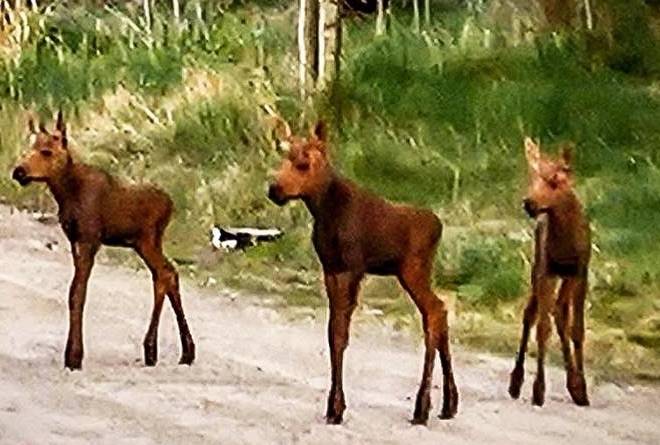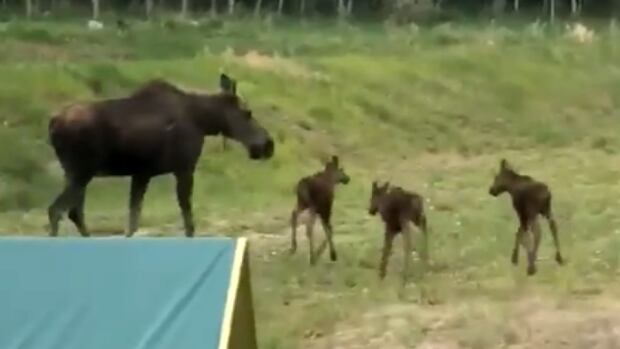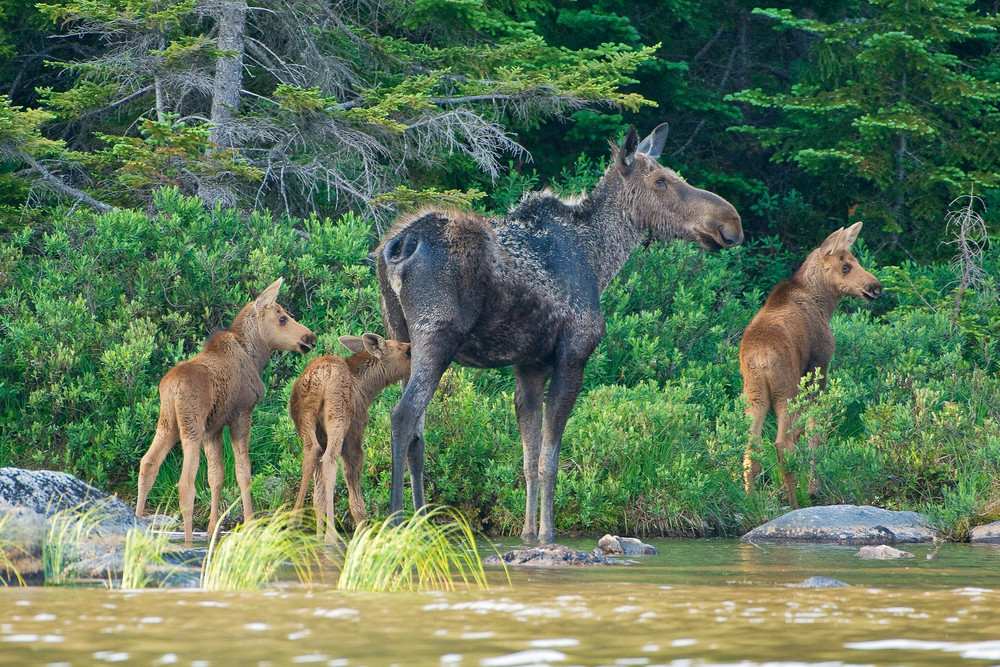In a rare spectacle that’s got wildlife enthusiasts buzzing, triplet elk were observed in Didsbury — a phenomenon seldom seen in the wild. It’s common for elk to have twins, but three calves at once? That’s extraordinary.
The sighting reportedly occurred near Didsbury, where locals noticed a mother elk moving cautiously through forested terrain with three young ones trailing close behind. Observers say she seemed alert, guiding them carefully across fields and into denser cover by dusk. The calves, still small and reliant, stayed close to her side, occasionally stumbling over soft undergrowth.

Elk calves are born during spring and early summer, a time when vegetation is lush, giving mothers the best chance to feed and recuperate. Even then, twin births are considered a boon. Triplets, by contrast, are rare because of the heavy physiological demands involved — carrying and feeding three offspring taxes a mother’s reserves. That’s why many wildlife biologists view this Didsbury sighting as a hopeful indicator of good habitat quality and resource availability in that area.
The mother’s instincts were clear in every movement. She paused at edges to let the calves catch up, chose cover routes over open ground, and kept vigilant watch for predators. The trio followed with wobbly steps and wide eyes, learning their world under her guidance.

For many onlookers, the sight became a moment of wonder — a reminder that nature still holds surprises, even in places we think we know well. Elk, while majestic, often remain elusive. They avoid humans, spend much of their time in dense woodland or marshy edges, and move quietly through their habitat. So when a mama and her rare three calves reveal themselves, it’s not just a photographic moment — it’s a whisper from the wild about resilience and adaptation.
This event also raises questions. Can the mother sustain three calves through the season? Will all three reach maturity? Survival rates for multiple offspring often decrease when food is limited or terrain becomes challenging. Predators, harsh weather, and resource competition are all risks that mount quickly.
Still, the optimism is contagious. If these elk thrive, it would be a striking success story — of habitat health, of care by the land, and of survival against odds. It reminds us that wildlife isn’t static: it can surprise us, stretch expectations, and often lead the way in showing what’s possible in a living ecosystem.



